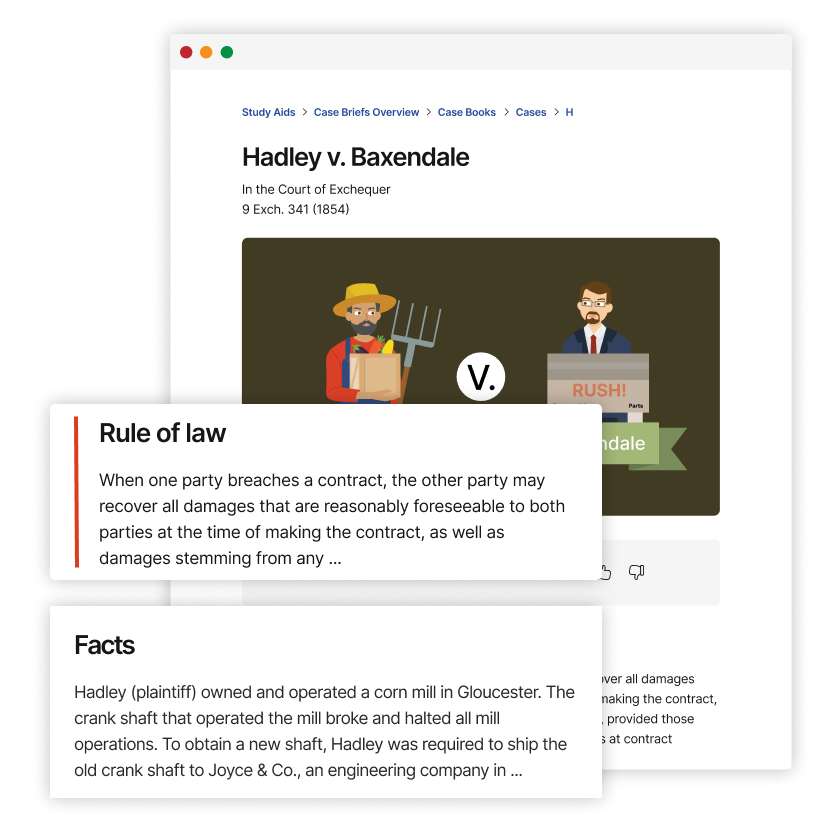National Federation of Federal Employees v. Department of Interior
United States Supreme Court
526 U.S. 86, 119 S. Ct. 1003, 143 L. Ed. 2d 171 (1999)
- Written by Mike Begovic, JD
Facts
The Federal Service Labor-Management Relations Statute (the statute) required federal agencies and unions to meet and negotiate in good faith for the purpose of reaching a collective-bargaining agreement. The statute created the Federal Labor Relations Authority (the authority) and granted it broad authority to implement the statute by implementing rules, adjudicating disputes, and administering arbitration. The National Federation of Federal Employees Local 1309 (the union) (plaintiff) represented employees of the United States Geological Survey, which fell within the Department of the Interior (the agency) (defendant). During negotiations, the union proposed a midterm-bargaining provision that would have obligated the agency to negotiate midterm any negotiable matters that were not covered by the original collective-bargaining agreement. The agency refused to accept or negotiate on this proposal, citing a Fourth Circuit decision holding that the statute prohibited such midterm bargaining. The agency argued that the statute, through the language “arriving at a collective bargaining agreement,” excluded midterm bargaining, and attempted to differentiate the National Labor Relations Act (NLRA), which had been interpreted to include an obligation to engage in midterm bargaining. The authority, citing a District of Columbia Circuit decision holding that the statute required midterm bargaining, concluded that the agency’s refusal to accept the union’s proposal constituted an unfair labor practice because the proposal only reiterated what was required by law. The Fourth Circuit set aside the authority’s order, relying on its own precedent. The Supreme Court granted certiorari to consider the issue in light of the conflicting views.
Rule of Law
Issue
Holding and Reasoning (Breyer, J.)
What to do next…
Here's why 899,000 law students have relied on our case briefs:
- Written by law professors and practitioners, not other law students. 47,000 briefs, keyed to 994 casebooks. Top-notch customer support.
- The right amount of information, includes the facts, issues, rule of law, holding and reasoning, and any concurrences and dissents.
- Access in your classes, works on your mobile and tablet. Massive library of related video lessons and high quality multiple-choice questions.
- Easy to use, uniform format for every case brief. Written in plain English, not in legalese. Our briefs summarize and simplify; they don’t just repeat the court’s language.




